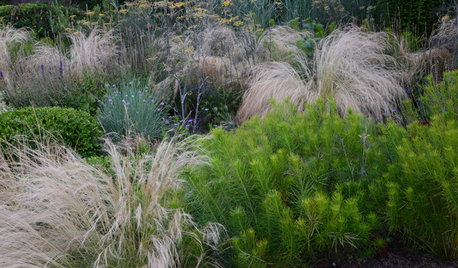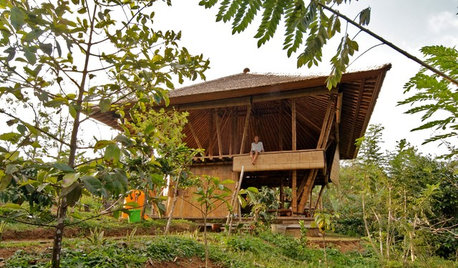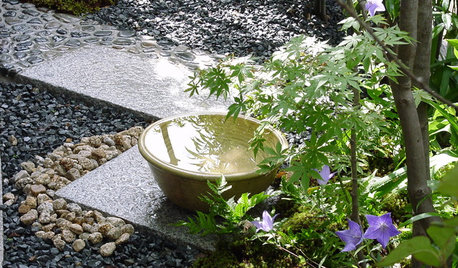Dutch iris--different dividing rules?
deanna in ME Barely zone 6a, more like 5b
14 years ago
Featured Answer
Sort by:Oldest
Comments (6)
Chemocurl zn5b/6a Indiana
14 years agodeanna in ME Barely zone 6a, more like 5b
14 years agoRelated Professionals
Graham Landscape Architects & Landscape Designers · Saint Matthews Landscape Architects & Landscape Designers · Sahuarita Landscape Architects & Landscape Designers · Middletown Landscape Contractors · Beverly Hills Landscape Contractors · Desert Hot Springs Landscape Contractors · Fort Atkinson Landscape Contractors · Golden Landscape Contractors · Lebanon Landscape Contractors · Painesville Landscape Contractors · Ramsey Landscape Contractors · Royal Oak Landscape Contractors · Wickliffe Landscape Contractors · Oxon Hill Landscape Contractors · Silver Firs Landscape Contractorsdeanna in ME Barely zone 6a, more like 5b
14 years agoChemocurl zn5b/6a Indiana
14 years agomad_gallica (z5 Eastern NY)
14 years ago
Related Stories

GARDENING GUIDES4 Ways to Break the Rules in Your Garden
For a more creative landscape design, take a different approach to planting
Full Story
ARCHITECTUREStyle Divide: How to Treat Additions to Old Homes?
One side says re-create the past; the other wants unabashedly modern. Weigh in on additions style here
Full Story
MODERN HOMESHouzz Tour: 800-Year-Old Walls, Modern Interiors in Provence
Old architecture and new additions mix beautifully in a luxurious renovated vacation home
Full Story
MOST POPULARMy Houzz: Open-Air Living in the Mountains of Bali
Community, jaw-dropping beauty and sustainability come together in a tropical paradise for a London expat
Full Story
KITCHEN DESIGNHow to Lose Some of Your Upper Kitchen Cabinets
Lovely views, display-worthy objects and dramatic backsplashes are just some of the reasons to consider getting out the sledgehammer
Full Story
WORLD OF DESIGNA Beginner’s Guide to the Japanese Tea Garden
A small roji, or teahouse garden, offers a respite from everyday life. Why not make one part of your home garden?
Full Story
ARCHITECTUREExploring Architecture: Discover the Secrets of Georgian Style
What gives a Georgian property its distinctive character? Take a look at the features that mark this architectural era in Britain and beyond
Full Story
GARDENING AND LANDSCAPINGGeometry Roots Great Garden Design
To learn why some garden designs seem particularly pleasing to the eye, look to mathematical shapes and patterns
Full Story
KITCHEN DESIGNKitchen Sinks: Stainless Steel Shines for Affordability and Strength
Look to a stainless steel sink for durability and sleek aesthetics at a budget-minded price
Full Story
MOST POPULARIs Open-Plan Living a Fad, or Here to Stay?
Architects, designers and Houzzers around the world have their say on this trend and predict how our homes might evolve
Full Story





gardengal48 (PNW Z8/9)